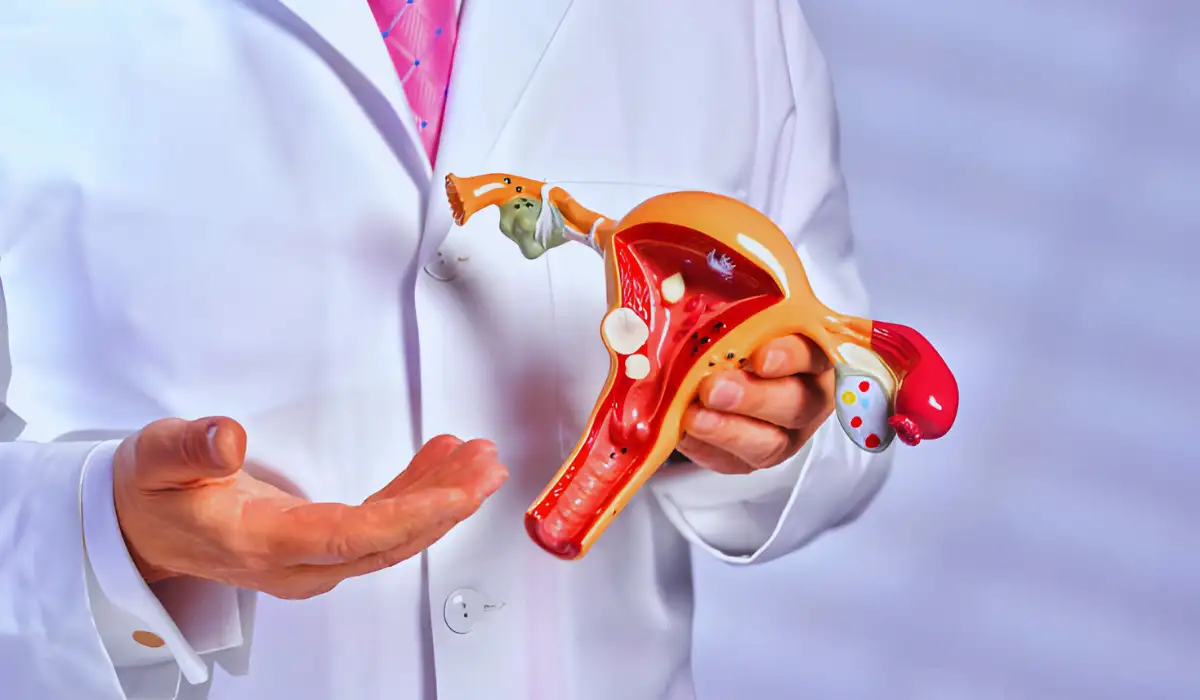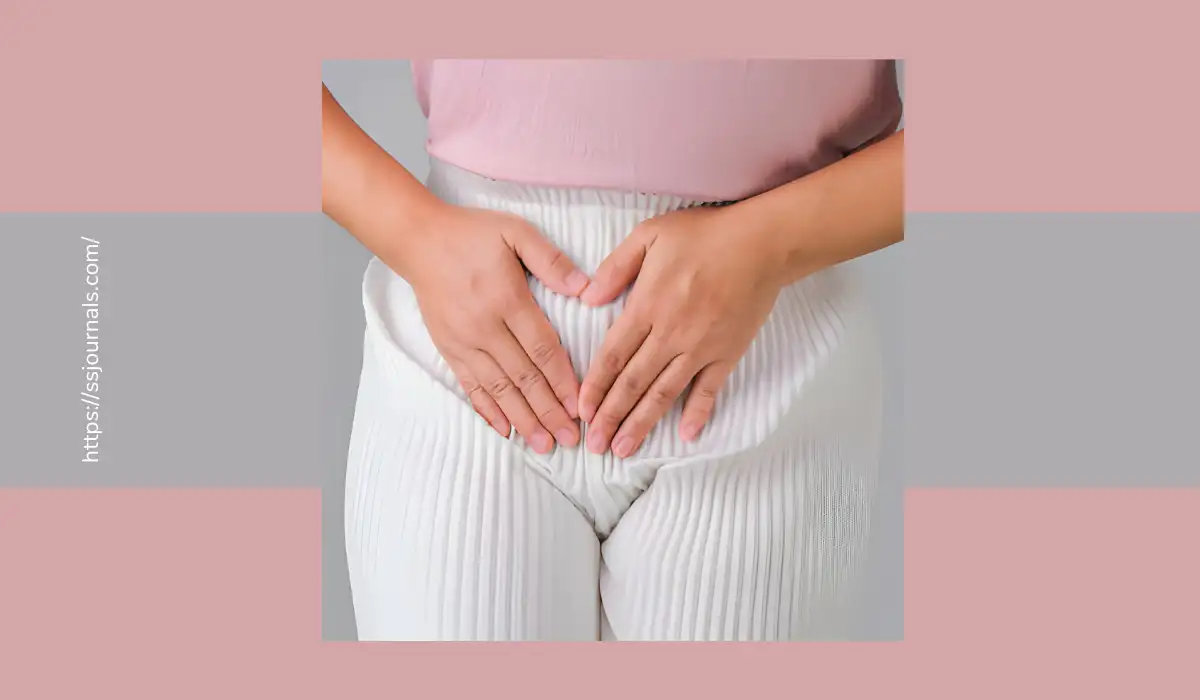When it comes to intimate matters, many of us have questions but often feel too shy or embarrassed to ask. One topic that frequently sparks curiosity is the difference between an “innie vs outie” vagina.
These terms refer to the appearance of the vulva, the external genital area, and whether the inner labia (lips) protrude outward or remain tucked inside the outer labia. It’s a perfectly natural variation.
In recent years, there has been a growing movement towards embracing and celebrating the diversity of female anatomy. Social media campaigns, educational initiatives, and open dialogues have helped to challenge stigma and promote self-acceptance.
However, understanding the distinction of innie vs outie vagina can help alleviate any concerns or misconceptions.
What is an Innie and Outie Vagina?

Essentially, an innie vagina is when the inner labia are not visible or protrude beyond the outer labia. On the other hand, an outie vagina occurs when the inner labia extend past the outer labia, making them more noticeable.
It’s crucial to recognize that neither form is abnormal or indicative of a medical condition – it’s simply a matter of anatomical diversity.
While the outward appearance may differ, the internal anatomy and function of the vagina remain the same. However, the question of “innie vs outie vagina” often sparks curiosity and raises questions about aesthetics, rarity, and potential changes through surgical procedures.
In this comprehensive article, we’ll delve into these topics and provide informative insights to help dispel any myths or misunderstandings surrounding this natural variation.
How Do You Tell if She Has an Innie or Outie?
While it may seem like a straightforward observation, it’s important to remember that every individual’s anatomy is unique, and the distinction between an innie and outie vagina can be subtle.
Generally, a visual examination is sufficient, but it’s crucial to respect personal boundaries and avoid making assumptions or judgments based solely on appearance.
But, is it better to have an innie or outie? The truth is, neither form is inherently “better” than the other. Both innie and outie vaginas are perfectly normal variations, and neither poses any functional disadvantages or health risks. It’s simply a matter of personal preference and aesthetic appeal, which can vary from individual to individual.
Rarity and Surgical Options for Innie vs Outie Vagina
Another common concern revolves around the rarity of these variations. “Is an innie or outie rarer?” While precise statistics are difficult to ascertain, most experts agree that both forms are relatively common and widespread.
Some studies suggest that innies may be slightly more prevalent, but the differences are not significant enough to consider either variation as truly “rare.”
One aspect that often sparks curiosity is the possibility of surgical intervention. Can an innie or outie vagina’s appearance be altered by surgery?” Yes, aesthetic operations like labiaplasty can change how the vulva looks. However, it’s crucial to approach such procedures with caution and seek advice from qualified medical professionals.
While some individuals may choose to undergo these surgeries for personal reasons, it’s important to understand that they are elective procedures and should not be viewed as necessary or mandatory.
Does Innie vs Outie Vagina Matter in Fertility?
The shape and appearance of the external genitalia have no direct correlation with the internal reproductive organs responsible for fertility, such as the ovaries, fallopian tubes, and uterus.
Whether a woman has an innie or outie vagina does not affect the functionality of these organs or the biological processes involved in conception and pregnancy.
Fertility is primarily determined by factors such as ovulation, sperm quality, and the health of the reproductive system as a whole. Conditions like ovulation disorders, blocked fallopian tubes, or hormonal imbalances can impact fertility, but the external appearance of the vulva plays no role in these matters.
Debunking Myths Surrounding Vulva Appearance
Throughout history, cultural and societal perceptions have played a significant role in shaping attitudes towards genital aesthetics. Certain cultures have celebrated and even revered the diversity of female anatomy, while others have propagated narrow and unrealistic beauty standards.
It’s essential to recognize and challenge these harmful narratives, promoting body positivity and acceptance of natural variations.
Importantly, it’s crucial to dispel the notion that the appearance of the vulva has any bearing on sexual pleasure, hygiene, or reproductive health. Both innies and outies are capable of experiencing the full spectrum of sexual sensations, and neither form is inherently more prone to infections or complications.
Proper hygiene practices and regular check-ups with healthcare professionals are far more important than outward appearances.
Also Read: Common Symptoms Of Vaginal Yeast Infection? Causes, And Treatments
Conclusion
In conclusion, the distinction between an innie and vs outie vagina is that they are natural variations that should be celebrated and accepted, rather than stigmatized or judged. Both forms are equally normal and functional, and neither poses any inherent advantages or disadvantages.
It’s essential to challenge societal narratives that promote narrow beauty standards or perpetuate harmful myths surrounding genital aesthetics. Instead, we should embrace the diversity of female anatomy and promote body positivity, self-acceptance, and open dialogues.
Ultimately, the appearance of the vulva should not be a source of shame or insecurity. What truly matters is maintaining good hygiene, seeking regular medical check-ups, and cultivating a healthy, respectful relationship with one’s body.
As we continue to have open and honest conversations about this topic, it’s crucial to educate ourselves and others, dispelling myths and promoting a more inclusive and accepting societal perspective.
Do you think there is still a stigma surrounding the discussion of vulva diversity, and if so, what steps can be taken to further promote acceptance and body positivity?

